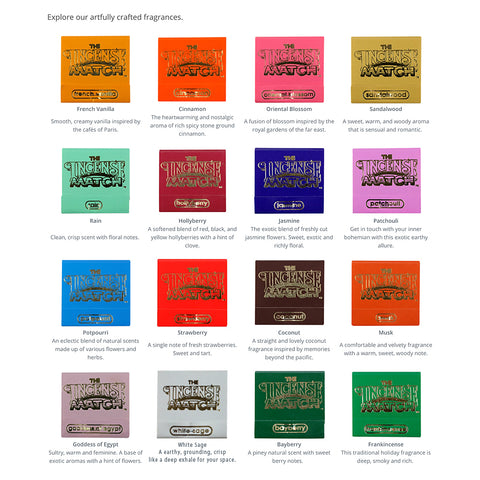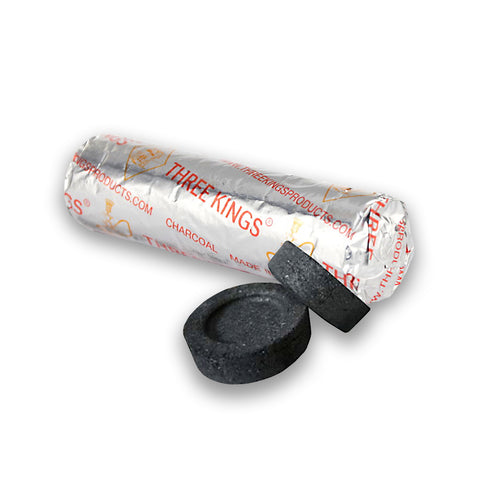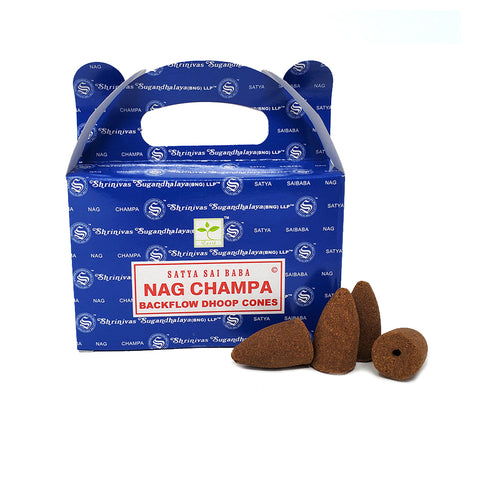
Venus of Willendorf Figurine
The Venus of Willendorf is made in Canada out of Gypsum Cement. It comes in a velvet bag.
This statue is an important icon of prehistory. Archeologists have suggested many different ways of understanding its significance for the nomadic society which made it. The first suggestion is that it was a "Venus figure" or "Goddess," used as a symbol of fertility. Apart from being female, the statue has an enlarged stomach and breasts, its pubic area is greatly emphasized, probably serving as a representative of procreativity, and the red ochre pigment covering it has been thought to symbolize or serve as menstrual blood seen as a life giving agent. The second suggestion is that the figurine may have served as a good luck charm. Its diminutive size led archaeologists to assume that it may have been carried by the men during their hunting missions in which it served not only as a reminder of their mate back at home but also as a charm to bring them success in their hunting. This is further strengthened by the facelessness of the figurine giving it an air of mystery and anonymity which suggests that it may have been of more importance as an object rather than as a person. Also, the figurine's hair is braided in seven concentric circles, seven in later times being regarded as a magic number used to bring about good luck. A third possible significance put forth is that of the figurine serving as a mother goddess (earth mother or female deity). This comes from a suggestion that the statue was a woman whose specialness was indicated in her obesity since women in a hunter gatherer society would probably not have had the opportunity to get as obese. Made in Canada.




